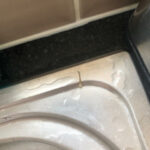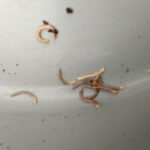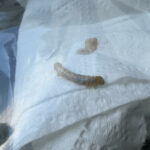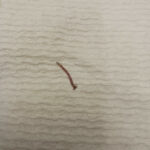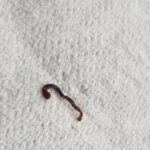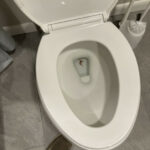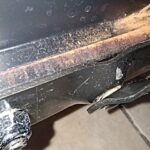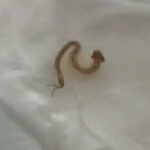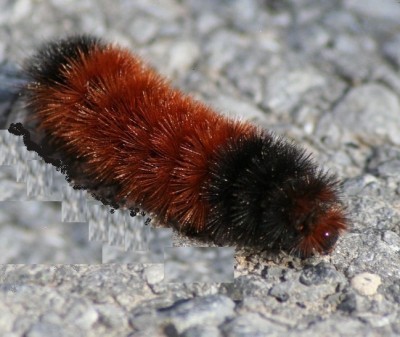An earthworm farm is a busy place filled with many creatures that are beneficial, along with those that are not so terrific. In addition, it’s a hotbed for bacteria and fungi that also work to raise or lower temperatures in the composting soil, making it more appetizing for worms.
The Good Guests
These critters serve to help keep a worm bed aerated and cause no harm to the original intended inhabitants. They work alongside red worms all with the same goal: consuming organic materials and nutrients in the soil, digesting and then eliminating to produce the desired product.
Beetles. Most beetles are friends of the worm bin as they prey on bad pests, including slugs. Some beetle species also enjoy rotting carcasses and veggies.
Millipedes. These harmless creatures are capable of consuming and breaking down larger pieces of organic material. That’s something the common earthworm can’t do, so millipedes perform a good service in the vermicomposting bed.
Mites. These are a common resident of worm bins, although some experts suggest they feed on living worms. That may not be the case, as they appear to prefer dead matter, including deceased red worms. These are not the same variety that infest indoor/outdoor plants. They can, at times, overpopulate at the surface and require removal.
Nematodes. Microscopic in size, these exist in the millions in any compost or worm bin. Depending on the species, they are not typically a detriment to worm farms.
Pot worms. This small segmented worm thrives in the hundreds and thousands and is visibly identifiable by its quarter-inch long body. Feeding alongside red worms appears to cause no problem although it can easily outnumber the intended residents.
Roly-Polies. Also called “pill” bugs and known for their ability to roll into a tight ball. They’re beneficial in a worm bin.
Sow bugs. These will inevitably show up in a worm farm or compost heat. They’re harmless, mainly feeding on leaf litter and decomposing debris. However, in higher concentrations, or when the ground is drenched, they will easily find their way indoors, scooting across the floors of a home. No harm done, but annoying. Sow bugs are related to roly-polies, but cannot curl into a ball.
Springtails. An abundance of springtails is highly likely in a worm bin. They feed on dead matter and contribute to composting. Springtails cannot survive outside this environment and cause no harm to worms.
Many people worry that these massive populations will cause a home invasion. Typically, they won’t. All these critters love a moist and humid environment. It’s not tempting for them to leave in search of better conditions.
In addition, bacteria, fungi and molds are critical to the process of breaking down matter. In various forms, these organisms contribute to the overall conditions of a functioning bin. They are also good indicators of when there is an imbalance; an overgrowth says too much food is present for the worms to handle. In normal amounts, these organisms also become food for red worms.
All About Worms is always free, always reader-supported. Your tips via CashApp, Venmo, or Paypal are appreciated! Receipts will come from ISIPP Publishing.



